It has been a few months since our last rundown of new books exploring the world of cinema (and a little beyond), and the pile is growing with noteworthy texts. We have a memoir from Oliver Stone and a deep dive into the work of Kelly Reichardt, among others, but let’s start with the best film book of 2020, from the great critic Glenn Kenny.
(Note that another column is set to follow in a few weeks featuring even more recent gems, including Adam Nayman’s Paul Thomas Anderson: Masterworks and J. W. Rinzler’s The Making of Aliens.)
Made Men: The Story of Goodfellas by Glenn Kenny (Hanover Square Press)
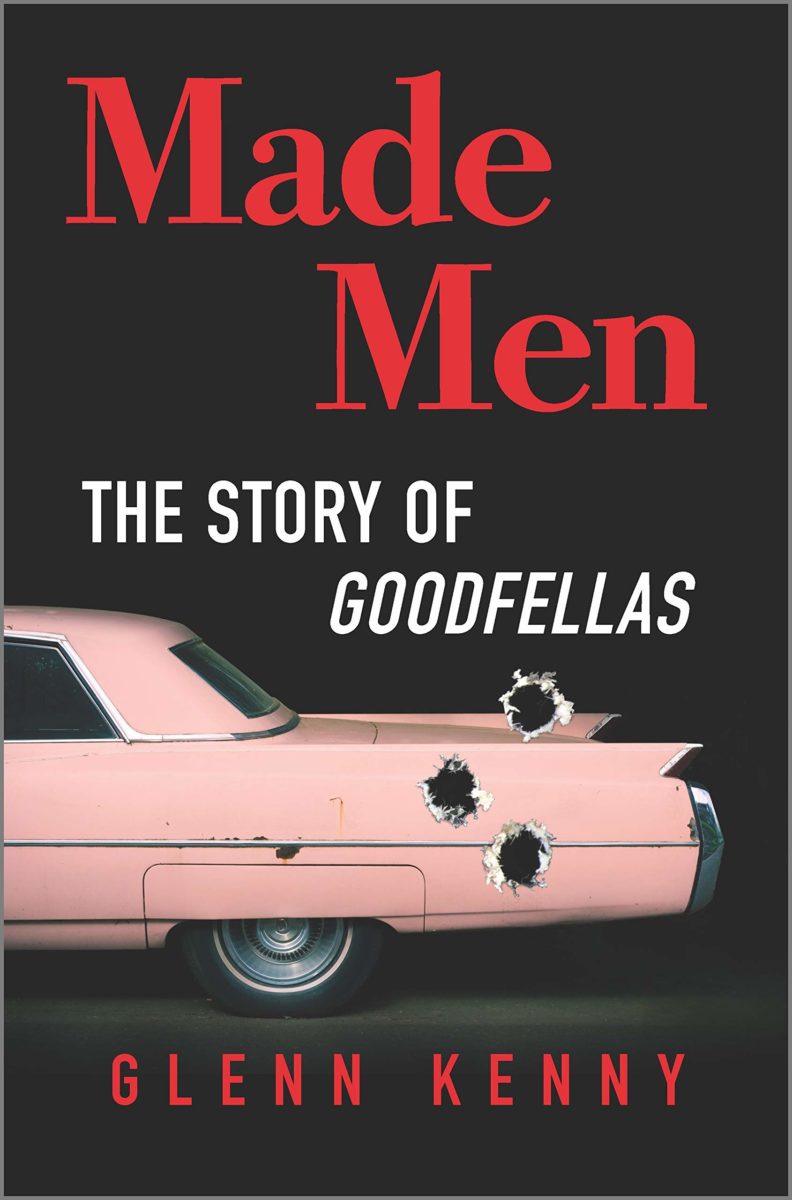
Martin Scorsese has earned his share of explorative texts, but most look at his entire career arc. So, it is safe to say there has never been a single-film study of Scorsese as enlightening, as sharp, and as utterly entertaining as Glenn Kenny’s Made Men: The Story of Goodfellas. Yes, Kenny does trace the career of our greatest living filmmaker from Who’s That Knocking at My Door? all the way to the upcoming Killers of the Flower Moon. But the focus here is the mighty Goodfellas, the iconic story of Henry Hill’s rise and ignominious fall. Kenny traces its genesis, starting with Nicholas Pileggi all the way to the (complicated) first connection with Scorsese, to its eventual production, release, and legacy. The stories are predictably enjoyable, not to mention the identification of random actors––some of them real former gangsters. However, the most memorable element of Made Men is its scene by scene breakdown of the film. Consider the moments following the death of Tommy, as Robert De Niro’s Jimmy Conway breaks down in tears: “As Jimmy weeps Henry can only shake his head. They’re gonna show those motherf–––– now, all right. This was supposed to have been a new beginning. Instead, as Scorsese observed … the killing of Tommy ‘puts them all in their place, and it’s the beginning of the real end.’” It is this type of writing that makes the book a true must-read. For more, read our interview with Kenny here.
Chasing the Light: Writing, Directing, and Surviving Platoon, Midnight Express, Scarface, Salvador, and the Movie Game by Oliver Stone (Houghton Mifflin Harcourt)

For his first memoir, director Oliver Stone made an interesting decision: to focus on his career up to the point in which he won Best Director for Platoon, prior to the successes and controversies that followed. As Stone explains in the book’s opening, “By the time I got to forty, I finally surpassed the succes I so wanted in my chosen field of play. And I realized no matter how far I’d go in the future, I’d already achieved what I’d first dreamed up in my concept of a life. So this is what this book is about — that dream, the first forty.” Stone takes us from his complicated relationship with his parents to the horrors of Vietnam, his first taste of success with the script for Midnight Express, the wild productions of Scarface (which he scripted) and Salvador, to triumph with Platoon. It’s a funny, heartfelt, and remarkably well-told book. Let’s hope a second volume follows soon.
Roads to Nowhere: Kelly Reichardt’s Broken American Dreams by Alex Heeney and Orla Smith (Seventh Row)
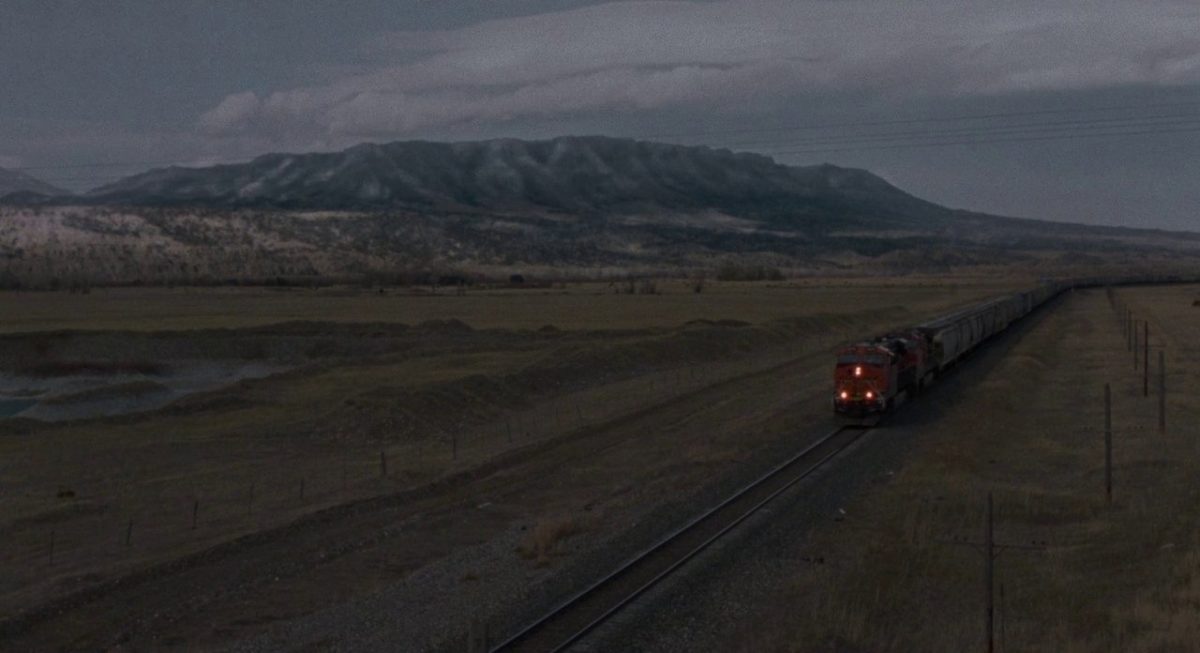
Once again, the Seventh Row team of Alex Heeney and Orla Smith have collaborated on a book that is breathtaking in its insight. Roads to Nowhere: Kelly Reichardt’s Broken American Dreams follows the release of what might be the director’s finest work to date, First Cow. While there is plenty here about the early 1800s-set Cow, Reichardt’s entire career is represented. As the authors put it, the essays and interviews in Broken American Dreams “illuminate a filmography of intimate, personal stories about huge concepts and social structures.” Reichardt deserves this sterling tribute, and readers will gain even greater appreciation for her work. For more, listen to our discussions with Orla Smith on Certain Women and with Alex Heeney on First Cow.
The Science of Women in Horror: The Special Effects, Stunts, and True Stories Behind Your Favorite Fright Films by Meg Hafdahl and Kelly Florence (Skyhorse)
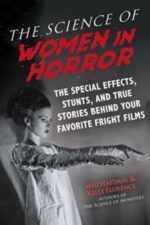
While The Science of Women in Horror was released in February, a Halloween month mention is apropos for Meg Hafdahl and Kelly Florence’s intelligent exploration of iconic female roles in horror cinema. This goes beyond the expected likes of Halloween and A Nightmare on Elm Street to feature films like Teeth, A Girl Walks Home Alone at Night, and Prevenge. The authors seek to answer a fascinating question: “What do we want from our female characters?” The answer, they find, is “a reflection of ourselves.” By the way, after reading the book, make sure to check out the authors’ killer Horror Rewind podcast.
The Cannon Film Guide: Volume I, 1980–1984 by Austin Trunick (BearManor Media)
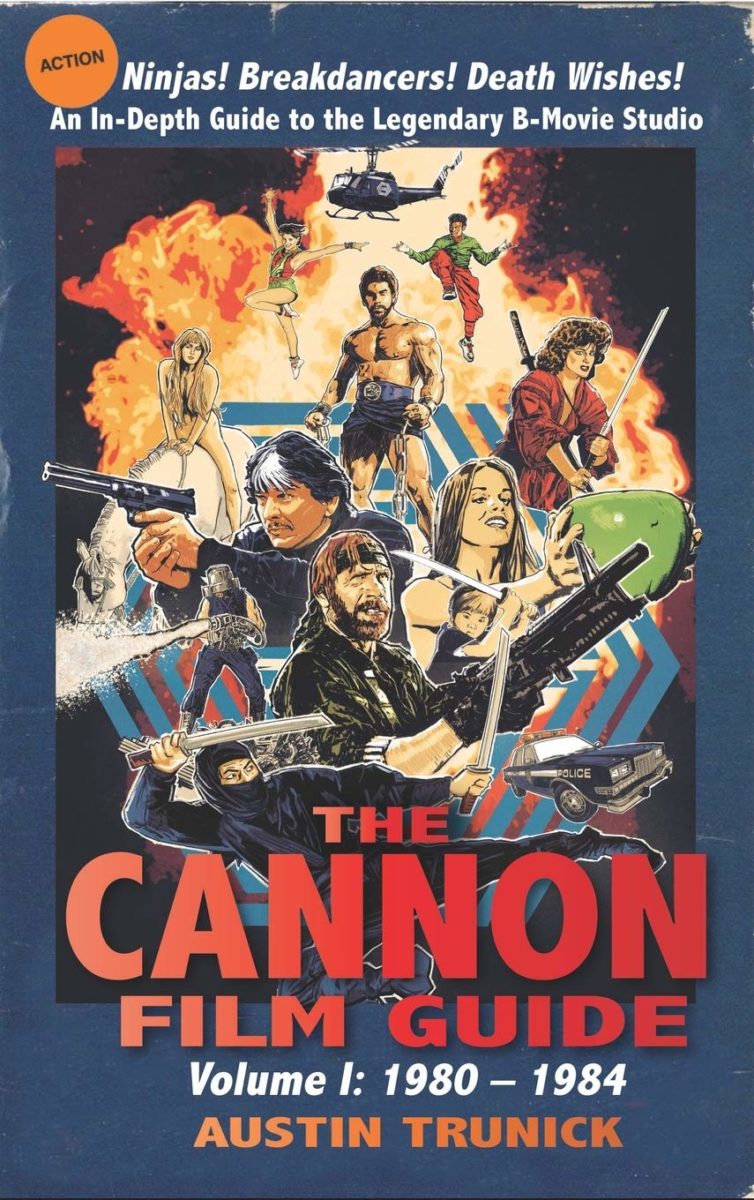
Now this is fun. Austin Trunick’s Cannon Film Guide is an absolute joy. The author breaks down the first five years of the inimitable studio run by Menahem Golan and Yoram Globus, and that time frame includes entries like Death Wish, Breakin’, and Missing in Action. While you likely know that trio of films well, the most deliriously enjoyable chapters in Volume I delve into less-beloved films like Brooke Shields vehicle Sahara and the absurd Faye Dunaway-starring costume drama The Wicked Lady. Trunick shares a breast-baring poster for the latter, and ends the chapter with this droll line: “Although Miss Dunaway never actually doffs her own corset in the film, this image may be the most honest representation of the movie’s contents of all.”
Chatting with Bogdanovich and Haneke
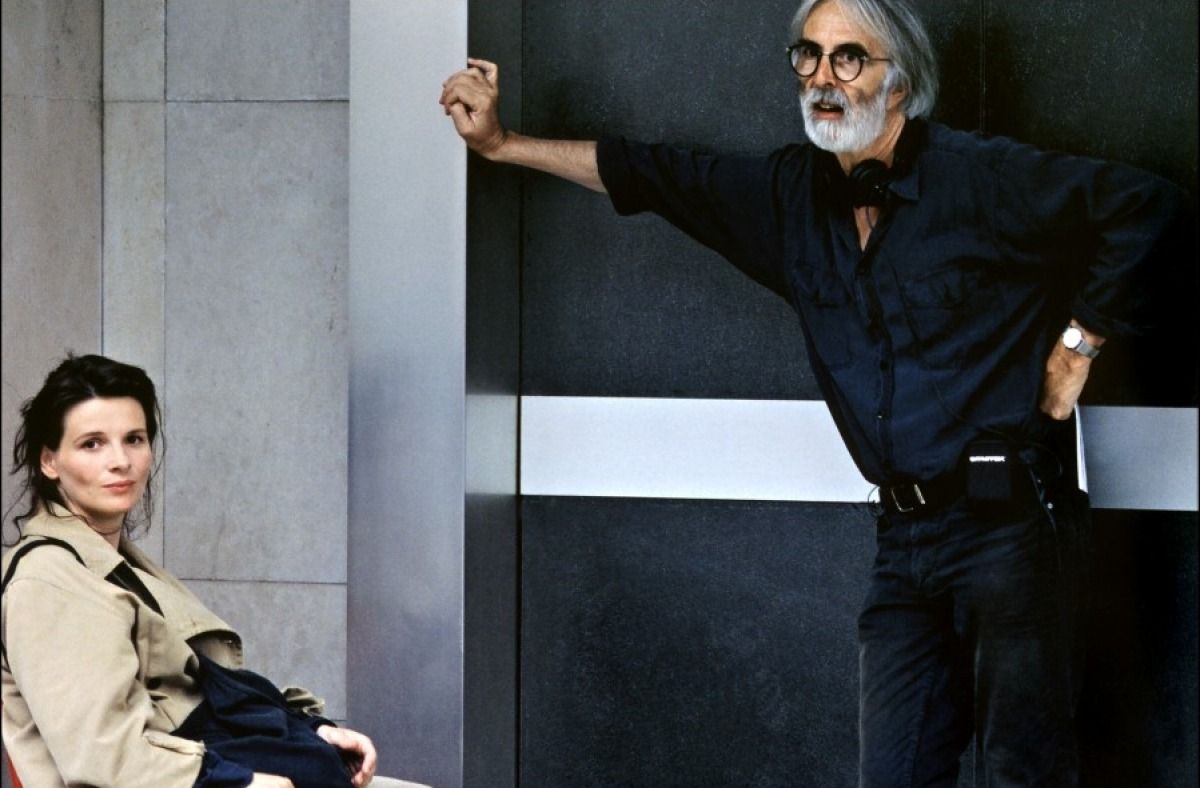
I’m not sure there is anything more appealing to die-hard film fans than unfiltered chats with legendary filmmakers. Two of the latest (and greatest) are centered on Peter Bogdanovich and Michael Haneke. In Picturing Peter Bogdanovich: My Conversations with the New Hollywood Director (University Press of Kentucky), author Peter Tonguette documents the complete career of the director of The Last Picture Show and Paper Moon via lengthy interviews. This Bogdanovich in peak form, full of hubris but also honesty. Even his television work is included in this comprehensive book. Meanwhile, Michael Haneke: Interviews (Conversations with Filmmakers Series) (University Press of Mississippi), edited by Roy Grundmann, Fatima Naqvi, and Colin Root, includes interviews with the director of Caché and Amour dating back to the early 1990s. Haneke is always an introspective talker, and I particularly enjoyed his comments on 2017’s Happy End. His thoughts have inspired me to check out the somewhat forgotten entry in his filmography again: “Nasty commentators have said this is a ‘best of’ compilation of my work. It is, in fact, a kind of summation.”
For the kids: Jedi secrets and a wind-up Delorean (!)
As a parent, I’m always excited to see film-themed books for kiddos — in fact, an upcoming column features a bushel of new Harry Potter-themed books, as well as the delightful A is for Auteur, from the Cinephile: A Card Game gang. But first, I’d like to call your attention to Star Wars: The Secrets of the Jedi (Insight Kids) by Marc Sumerak and Back to the Future: Race Through Time (Insight Editions) by Marc Sumerak and JJ Harrison. Secrets is a beautifully illustrated study of the life and ways of the Jedi, as told by some dude named Luke Skywalker, while Race Through Time features three time periods — the Hill Valley of 1885, 1955, and 2015 — along with a mini, wind-up Delorean that speeds through a track in the book. Yes, it’s delightful.
Quick takes: Jack Kirby, Susanna Moore, and Margaret Sullivan
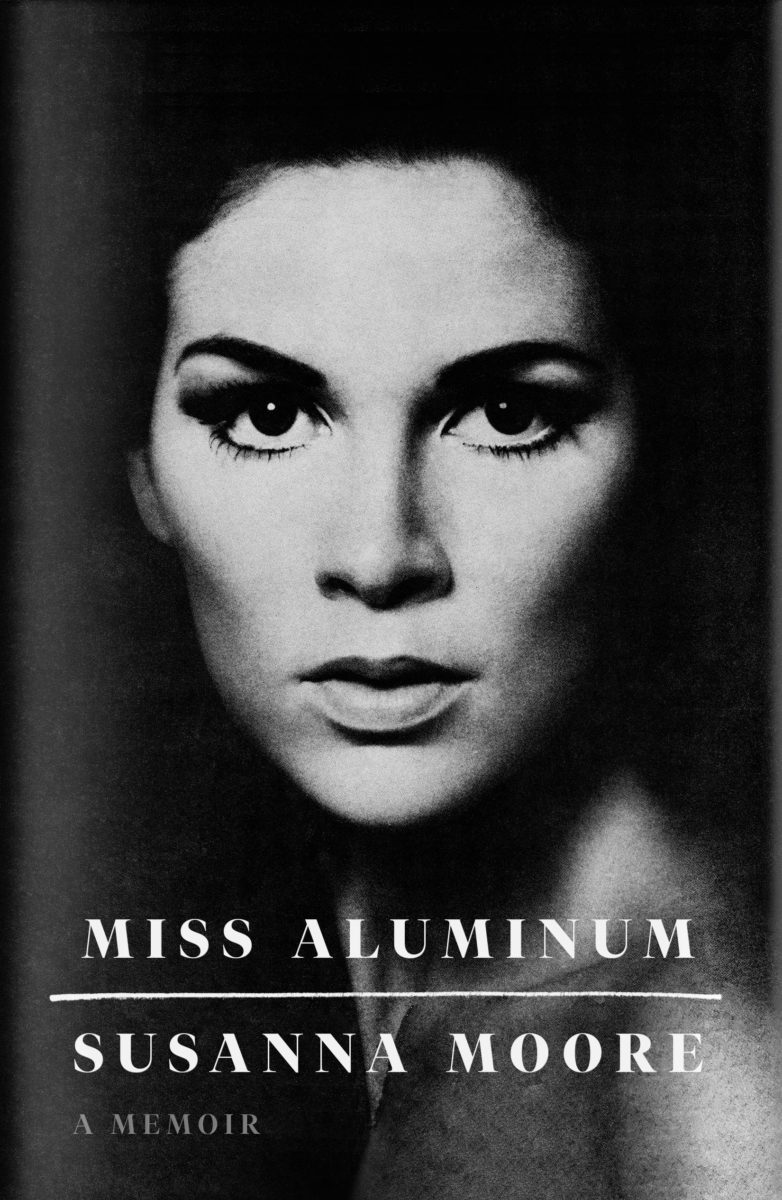
On paper, it is possible late comic book legend Jack Kirby, In the Cut author Susanna Moore, and Washington Post media columnist Margaret Sullivan don’t seem to have a great deal in common. However, as three recent books make clear, they are united by creativity and passion. Graphic novel biography Jack Kirby: The Epic Life of the King of Comics by Tom Scioli (Ten Speed Press) tells the rather downbeat story of the creator of co-creator of the likes of Captain America, Black Panther, and the Fantastic Four. The brilliant Kirby never quite got his due—Stan Lee does not come off well here—but Scioli demonstrates his importance, and what made his work so unique. In Miss Aluminum: A Memoir (Farrar, Straus and Giroux), Susanna Moore takes us back to 1970s Los Angeles, where she worked as a script reader and loved the likes of Jack Nicholson. It is a startling text, one that shows great personal growth and much loss. And in Ghosting the News: Local Journalism and the Crisis of American Democracy (Columbia Global Reports), Margaret Sullivan takes a sobering, clear-eyed look at the dying world of local news. “The match was struck years ago, the kerosene poured, and the house is very much ablaze,” she writes. No media commentator is more astute than Sullivan, and Ghosting is some of her most important writing to date.
New and recent novels
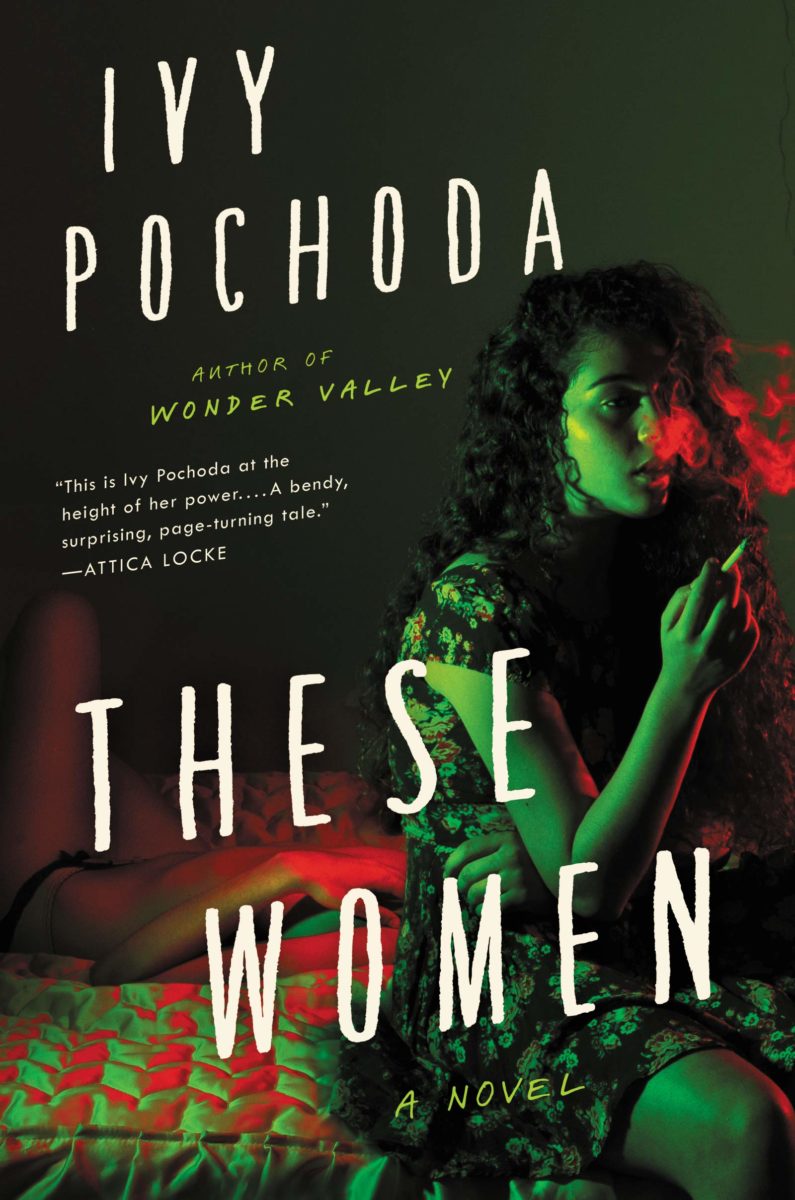
How has Hollywood not adapted Ann Patchett’s State of Wonder yet? And how could the great Bel Canto lead to such a forgettable film? Her latest, The Dutch House (Harper), would make a stunning film; someone like Greta Gerwig could nail this darkly comic story of a brother and sister and the giant house that destroyed their family. Another of the finest novels of the last year-plus is Ivy Pochoda’s These Women (Ecco), a sad, disturbing book about a group of doomed women and a serial murderer in Los Angeles. Cloud Atlas author David Mitchell’s Utopia Avenue: A Novel (Random House) is a blast of a book about a sixties British rock band. And two new Star Wars novels, Shadow Fall (Star Wars): An Alphabet Squadron Novel by Alexander Freed (Del Rey) and Star Wars: Thrawn Ascendancy (Book I: Chaos Rising) by Timothy Zahn (Del Rey), are thrilling reads about New Republic pilots and the rise of the blue-skinned Imperial Admiral, respectively.
New Blu-rays from Criterion and Clint

The Criterion Collection is, of course, having a banner year. Some of its recent releases include 2019 favorites like Céline Sciamma’s Portrait of a Lady on Fire and Noah Baumbach’s Marriage Story. One of the highlights of the latter release is an essay by novelist Linn Ullmann; she calls Marriage a “startling meditation on what a human face can reveal if you look long enough.” And the essay accompanying Portrait, by critic and curator Ela Bittencourt, is just as perceptive. She calls it “one of the most unforgettable depictions of love foresworn, of lesbian love, of any true love, in cinema.” Another noteworthy Criterion summer release is Paul Schrader’s opulent and disturbing Ian McEwan adaptation, The Comfort of Strangers. Its packaging features an essay by critic and author Maitland McDonagh, who astutely explains that Comfort “could be described an erotic thriller, though it rarely is: its eroticism is too perverse, its pedigree too highbrow.” And while the recent Kino Lorber Studio Classics release of Clint Eastwood’s unheralded 1973 romance Breezy is essay-less, there is a nice audio commentary from film historian Howard S. Berger. Plus, there is the film itself, a lovely, modest love story starring William Holden and Kay Lenz. The Blu-ray features the gorgeous original poster from illustrator Ted CoConis.
